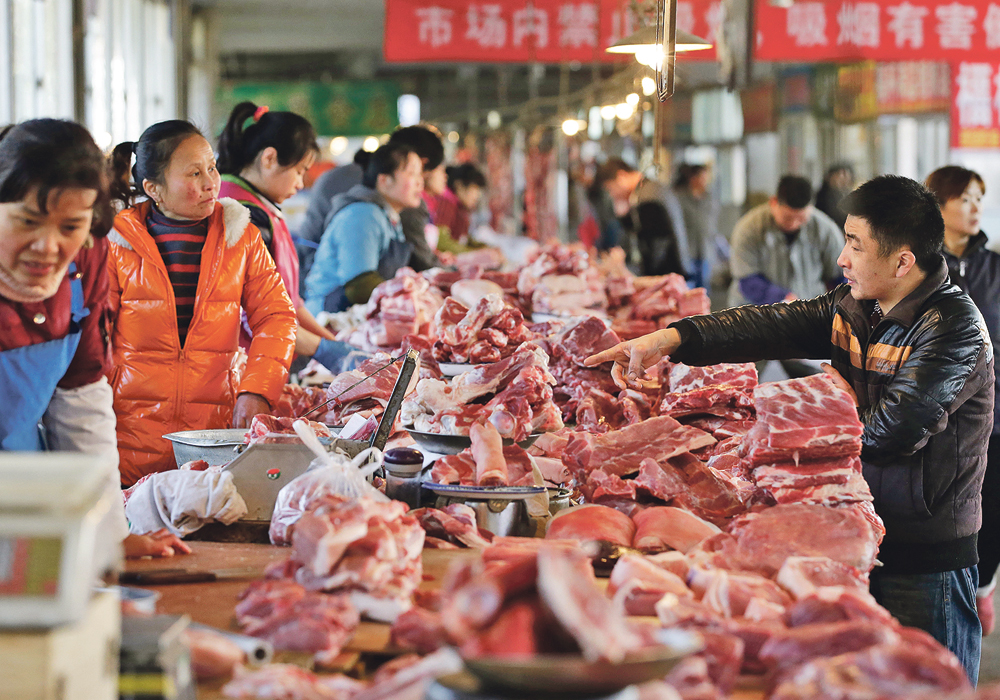There will be a lot more canola in Canada this marketing year than was expected this summer.
However, demand is breaking records, so the supply might not be a burden on prices.
Canola production will likely top 15 million tonnes, about a million tonnes more than expected when Statistics Canada surveyed in early September.
Carry-in stocks are 2.3 million tonnes, which is 1.3 million more than what was forecast in early summer. That means total supply will be near 17.5 million, which is 2.5 million tonnes more than what Agriculture Canada’s supply and demand forecast was in July.
Read Also

Russian wheat exports start to pick up the pace
Russia has had a slow start for its 2025-26 wheat export program, but the pace is starting to pick up and that is a bearish factor for prices.
That is still well down from last year’s total supply of almost 19.5 million tonnes, but you would not know it from the blistering pace of exports and domestic crush.
Agriculture Canada’s October supply and demand forecast is based on Statistics Canada’s September production survey rather than the higher production number assumed now by the trade.
Agriculture Canada, operating under the assumption of total supply of 16.7 million tonnes, has limited its full year export forecast to 7.5 million tonnes, which is down 18 percent from last year’s record pace, and domestic crush to 7.35 million tonnes, steady with last year.
However, that seems conservative given the breakneck speed of export and domestic consumption.
Canola exports are running 5.5 percent ahead of last year over the first 11 weeks of the crop year to Oct. 18, based on Canadian Grain Commission statistics.
The crush is four percent ahead, thanks in part to the start up of new crushing capacity.
It is early days, but this record demand pace provides a strong foundation for canola prices. It also highlights that the rail system is not congested this year and should not be a problem, considering the forecasts for a dry, mild prairie winter.
It appears that China is still importing large amounts of Canadian canola, even as its economy struggles.
The potential remains for a record large South American soybean crop to weigh down all oil-seed prices, but the downside is limited as long as canola demand remains near the record level that has been posted so far.
Contact darce.mcmillan@producer.com















